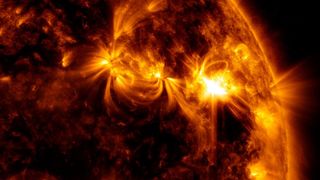coronal mass ejections
Latest about coronal mass ejections
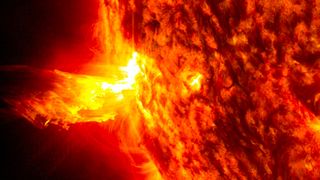
Unexpected solar flare smashes into Earth, causing radio blackouts in Australia and New Zealand
By Ben Turner published
The flare was accompanied by a coronal mass ejection that missed Earth
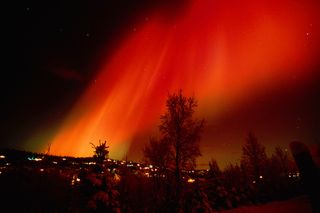
Blood Red Skies Over China Explained 300 Years Later
By Charles Q. Choi last updated
A massive geomagnetic storm that was recorded across East Asia for nine days in 1770 suggests such solar flareups are surprisingly common.
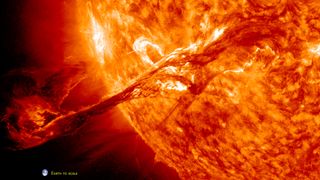
What are coronal mass ejections?
By Giles Sparrow last updated
A coronal mass ejection (CME) is a vast cloud of electrically charged particles that the sun releases with a huge burst of speed.
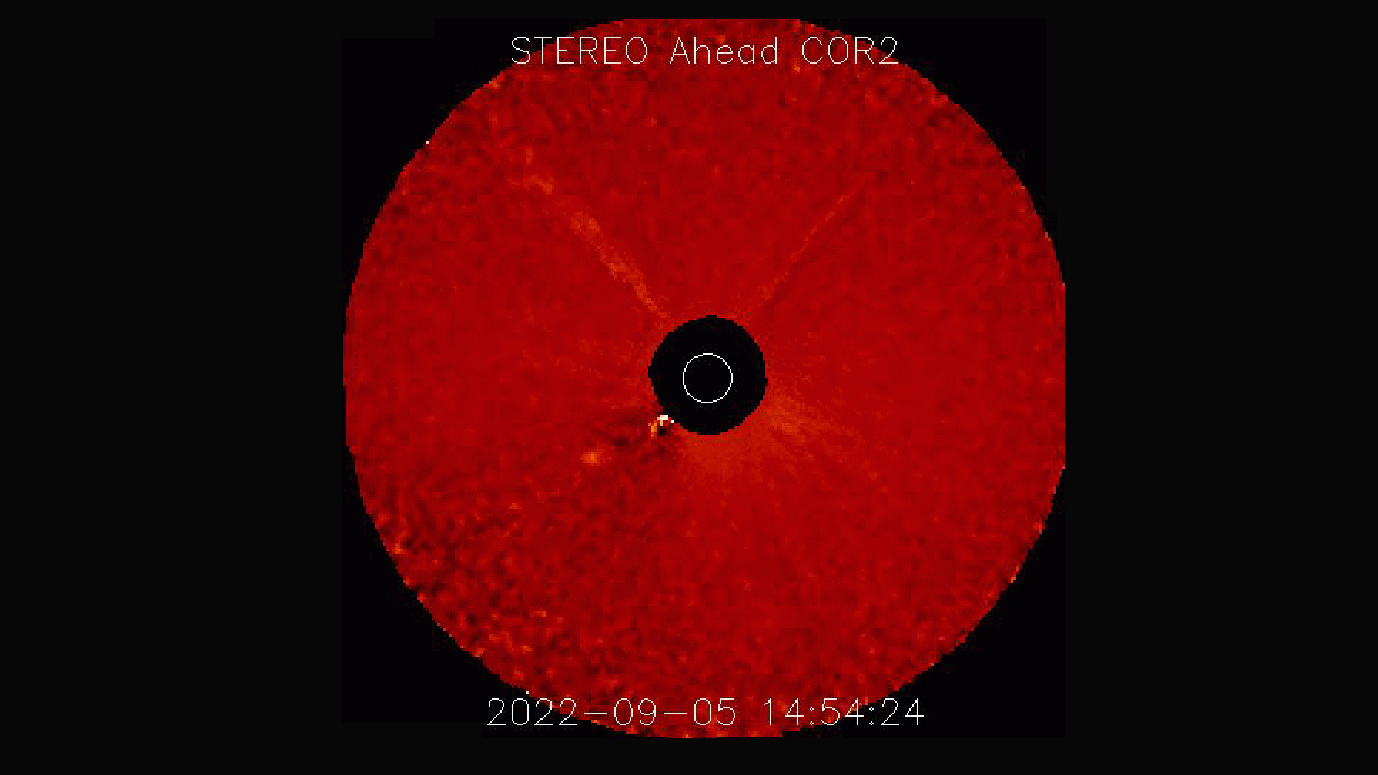
One of the largest solar storms ever detected just erupted on the far side of the sun
By Tereza Pultarova published
Venus is being hammered by wild space weather this week after a giant sunspot, not visible from Earth, expelled an enormous plasma burst toward the scorching-hot planet.

One of the brightest stars in the sky dimmed in 2019. Now we know why.
By Stephanie Pappas published
The star Betelgeuse visibly dimmed in 2019. A new analysis finds that it blew off a huge amount of its surface.
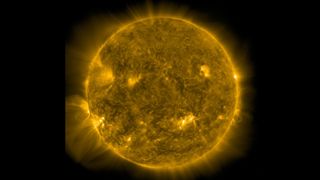
Huge, potentially disruptive sunspot will swing round to face Earth this weekend
By Jamie Carter published
A huge sunspot that's about to face Earth could disrupt satellites, cause power outages and lead to problems for airplane navigation systems.
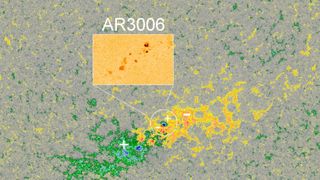
Mixed-up sunspot emits powerful solar flare
By Tom Metcalfe published
A mixed-up region of sunspots pointed almost directly at Earth just emitted a major solar flare, which could cause havoc with power grids and communication networks.
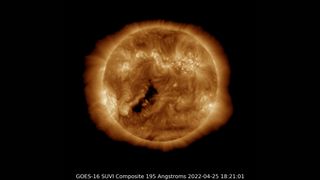
Sunspot sends off double flare, as solar activity ramps up
By Stephanie Pappas published
A restless sunspot sent off a double solar flare on Monday (April 25), temporarily disrupting some radio communications in Asia and Australia.
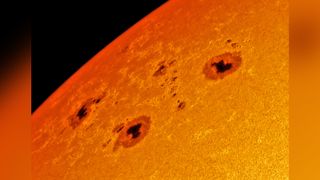
New swarms of sunspots are so gigantic they could devour Earth whole
By Tom Metcalfe published
Two immense swarms of sunspots have popped into view on the surface of the sun, hinting at the increased possibilities of vivid auroras and potentially damaging solar flares over the months to come.
Sign up for the Live Science daily newsletter now
Get the world’s most fascinating discoveries delivered straight to your inbox.
